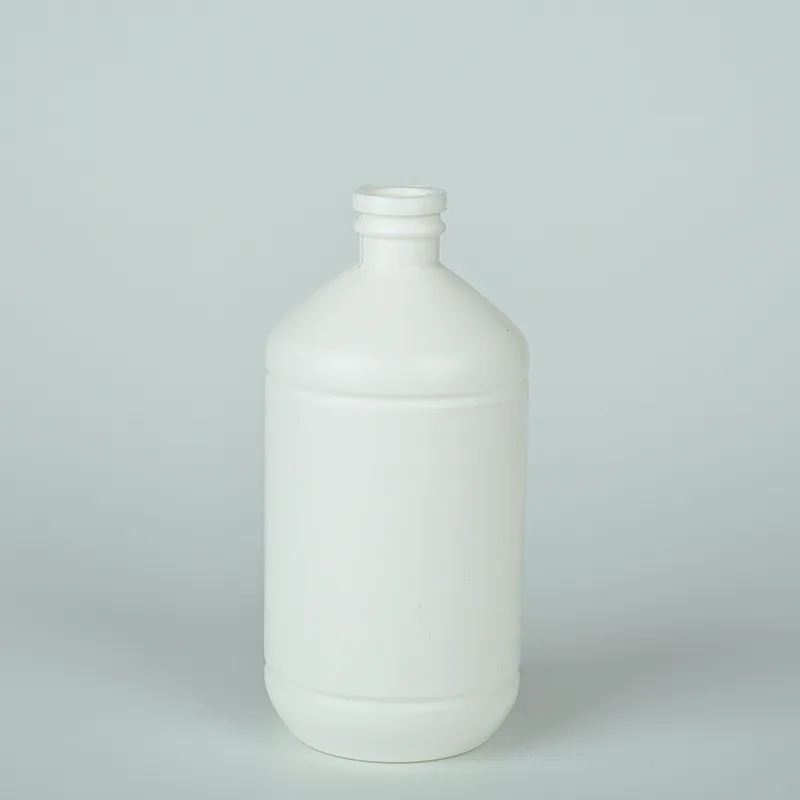https://www.wahmg.com/)">
Exploring the Use and Importance of Large Medicine Bottles in Modern Healthcare Practices
Exploring the Use and Importance of Large Medicine Bottles in Modern Healthcare Practices
The Role of Large Medicine Bottles in Healthcare
In the realm of healthcare, the packaging of pharmaceuticals plays a critical role in ensuring the effectiveness, safety, and accessibility of medications. Among the various formats available, large medicine bottles have emerged as a significant solution for both pharmacies and patients alike. This article explores the various aspects of large medicine bottles, including their design, benefits, and implications for healthcare.
Design and Functionality
Large medicine bottles are typically designed to hold a greater volume of medications compared to standard-sized bottles. This design caters to the increasing demand for bulk medications, particularly for chronic illnesses that require long-term treatment. Manufacturers often use high-density polyethylene (HDPE) or glass for these bottles, ensuring optimal protection against external elements like moisture and light, which can degrade medication quality.
The bottles are generally equipped with child-resistant caps, adhering to strict safety standards. These features not only prevent accidental ingestion by children but also provide tamper-evident packing, ensuring that the integrity of the medication is maintained until it reaches the patient. Furthermore, many large medicine bottles include clear labeling, detailing dosage instructions, expiration dates, and storage conditions, promoting better adherence to medication regimens.
Benefits of Large Medicine Bottles
One of the primary advantages of large medicine bottles is their ability to accommodate larger quantities of medication. This is particularly beneficial for patients with chronic conditions such as diabetes, hypertension, or cardiovascular diseases, who may require multiple doses over an extended period. Purchasing medications in bulk can lead to significant cost savings for patients and healthcare systems. It reduces the frequency of pharmacy visits and minimizes the risk of running out of essential medications.
large medicine bottles

Additionally, large bottles can enhance convenience. Patients can receive their medications in a single dispensing, simplifying the management of their treatment plans. This improved accessibility is crucial for elderly patients, caregivers, and individuals with mobility challenges who may find frequent trips to the pharmacy burdensome.
Environmental Considerations
As the demand for large medicine bottles increases, it is essential to consider the environmental impact of packaging. Many pharmaceutical companies are now turning to eco-friendly materials and sustainable practices in their production processes. For instance, the adoption of recyclable plastics and glass can significantly reduce waste and promote a circular economy in the healthcare sector.
Moreover, the trend towards bulk packaging has also started a conversation about reducing pharmaceutical waste. By providing larger quantities, healthcare providers can diminish the number of single-use bottles that would otherwise contribute to landfill overflow. This initiative not only supports environmental goals but also aligns with corporate social responsibility in the healthcare industry.
Conclusion
In conclusion, large medicine bottles play an indispensable role in modern healthcare. They offer a practical solution for medication dispensation, particularly for patients with long-term treatment needs. While providing economic advantages and enhancing patient convenience, they also pose environmental challenges that the industry is beginning to address. As we continue to evolve in our approach to medication management, it is essential that large medicine bottles maintain their integrity, promote safety, and adapt to the sustainability needs of future generations. The healthcare industry must strike a balance between efficiency, safety, and environmental responsibility, ensuring that patients receive the best care possible while protecting our planet.
-
Wholesale Plastic Juice Bottles with Caps 16 oz Options Available Bulk Packaging SolutionsNewsJun.10,2025
-
Laboratory Apparatus Reagent Bottle – Durable & Chemical Resistant Bottles for Safe StorageNewsJun.10,2025
-
Squeezable Dropper Bottles Durable, Leak-Proof & CustomizableNewsMay.30,2025
-
Affordable Plastic Petri Plates Sterile & Disposable Lab-GradeNewsMay.30,2025
-
Eye Dropper Caps Precision 24/410 & Plastic Bottle-Compatible TipsNewsMay.30,2025
-
Affordable Mini Spray Bottle Price & Wholesale Deals Shop NowNewsMay.29,2025





















